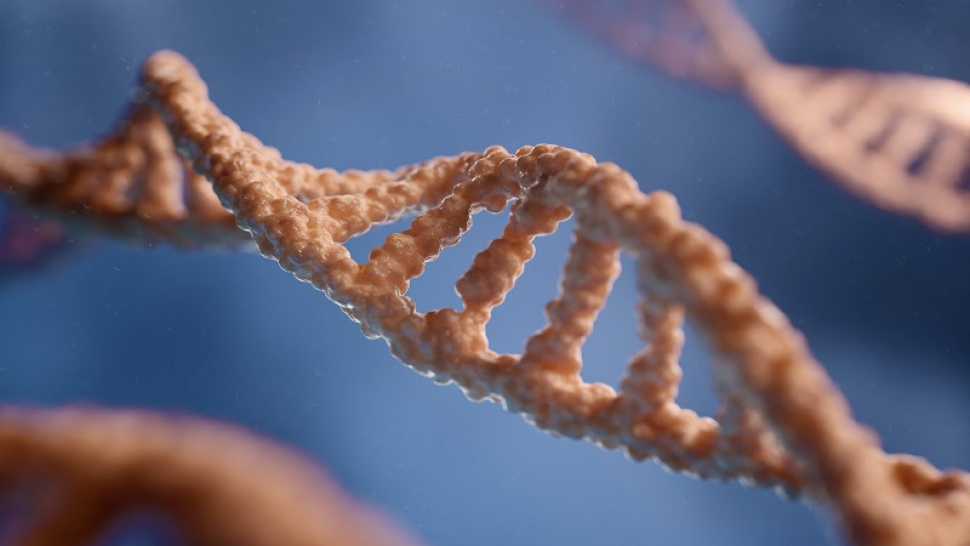Messenger RNA therapeutics have generated significant interest in recent years and are being developed to treat a range of diseases, including rare genetic disorders, neurodegenerative diseases, inflammation, cancer, and infectious diseases. Like DNA molecules, messenger RNA molecules have the potential to express any protein of interest in diseased cells through the cell's own protein synthesis machinery.
Unlike DNA, mRNA has no risk of insertional mutations because it does not need to enter the nucleus to function. However, mRNA is less stable than DNA and is susceptible to extracellular and intracellular degradation due to immunogenicity triggered by nonspecific ribonuclease activity or Toll-like receptor-mediated RNA recognition.
Because of these limitations, until recent years, DNA has been preferred over mRNA for gene therapy development. Specifically, viral vectors and naked or plasmid DNA are mainly used for suicide gene therapy purposes, using intracellular expression of toxic proteins or enzymes to convert non-toxic compounds into cytotoxic molecules to induce cancer cell death.
Recently, researchers from Tel Aviv University published an article titled "Lipid nanoparticles-loaded with toxin mRNA represents a new strategy for the treatment of solid tumors" in the journal Theranostics. The study revealed that lipids carrying toxin messenger RNA Plasma nanoparticles are a new strategy for treating solid tumors.
Cancer treatment has evolved significantly over the past decade, providing new strategies to exploit immune modulation to inhibit cancer cell growth, with or without the use of gene therapy. Specifically, suicide gene therapy and immunotoxins have been studied to treat tumors through direct cancer cell cytotoxicity. Recent advances in messenger RNA delivery have also demonstrated the potential of messenger RNA-based vaccines and immunomodulators for cancer treatment by utilizing nanocarriers to deliver messenger RNA.
The researchers designed a modified messenger RNA encoding a bacterial toxin and delivered it via lipid nanoparticles into a B16 melanoma mouse model. The researchers found that topically administered LNPs encapsulating a modified mRNA encoding a bacterial toxin induced significant anti-tumor effects and improved overall survival in treated mice. mmRNA-loaded LNPs as a new anti-tumor, toxin-based treatment.
In conclusion, the use of toxin-encoding mmRNAs carried in LNP could overcome some of the aforementioned limitations of current immunotoxin-based anticancer therapies with the added advantage of safer delivery of the payload to tumor cells. This platform may represent a new therapeutic class that can address unmet clinical needs in solid tumors.
Background reading
What is lnp?
Lipid nanoparticles are a new drug delivery system that uses biocompatible lipid materials as a carrier to dissolve, wrap, adsorb, and attach drugs or other bioactive substances. Lipid nanoparticles, when compared to other drug delivery systems, can improve drug absorption, stability, toxicity, and have sustained and controlled releasing effects. As a result, lipid nanoparticles have become popular as a delivery system for gene drugs, antitumor drugs, proteins, and peptides.



Share the News